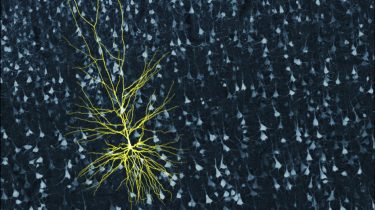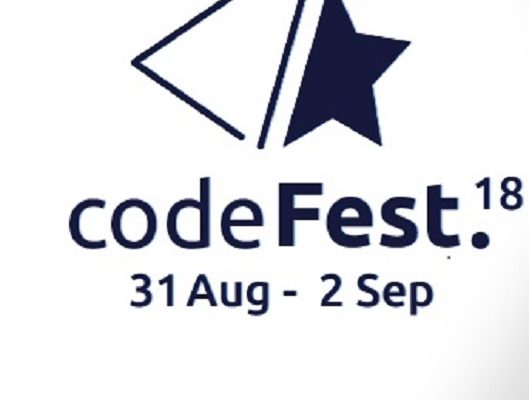EasyOCR Python Tutorial with Examples
Introduction EasyOCR is a Python library for Optical Character Recognition (OCR) that allows you to easily extract text from images and scanned documents. In this tutorial, we will understand the basics of using the Python EasyOCR package with examples to show how to extract text from images along with various parameter settings. EasyOCR Python Package Overview Reader Class EasyOCR Python package consists of the base
Read more



